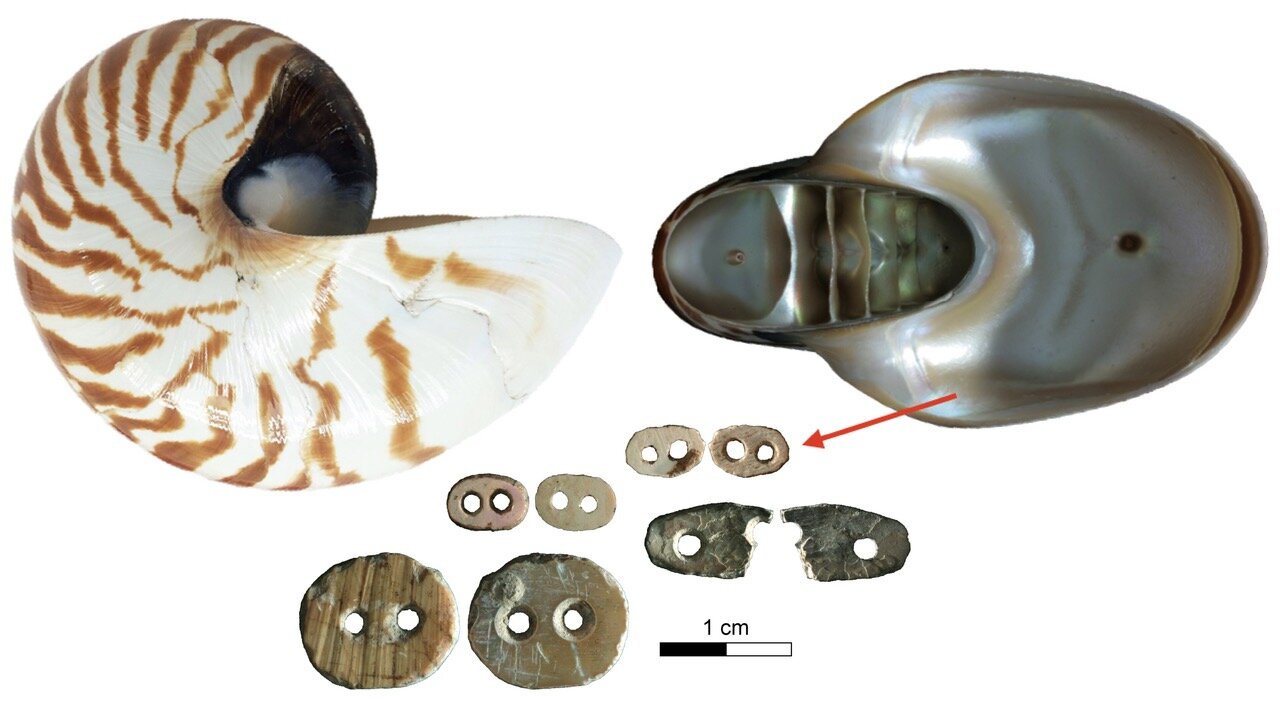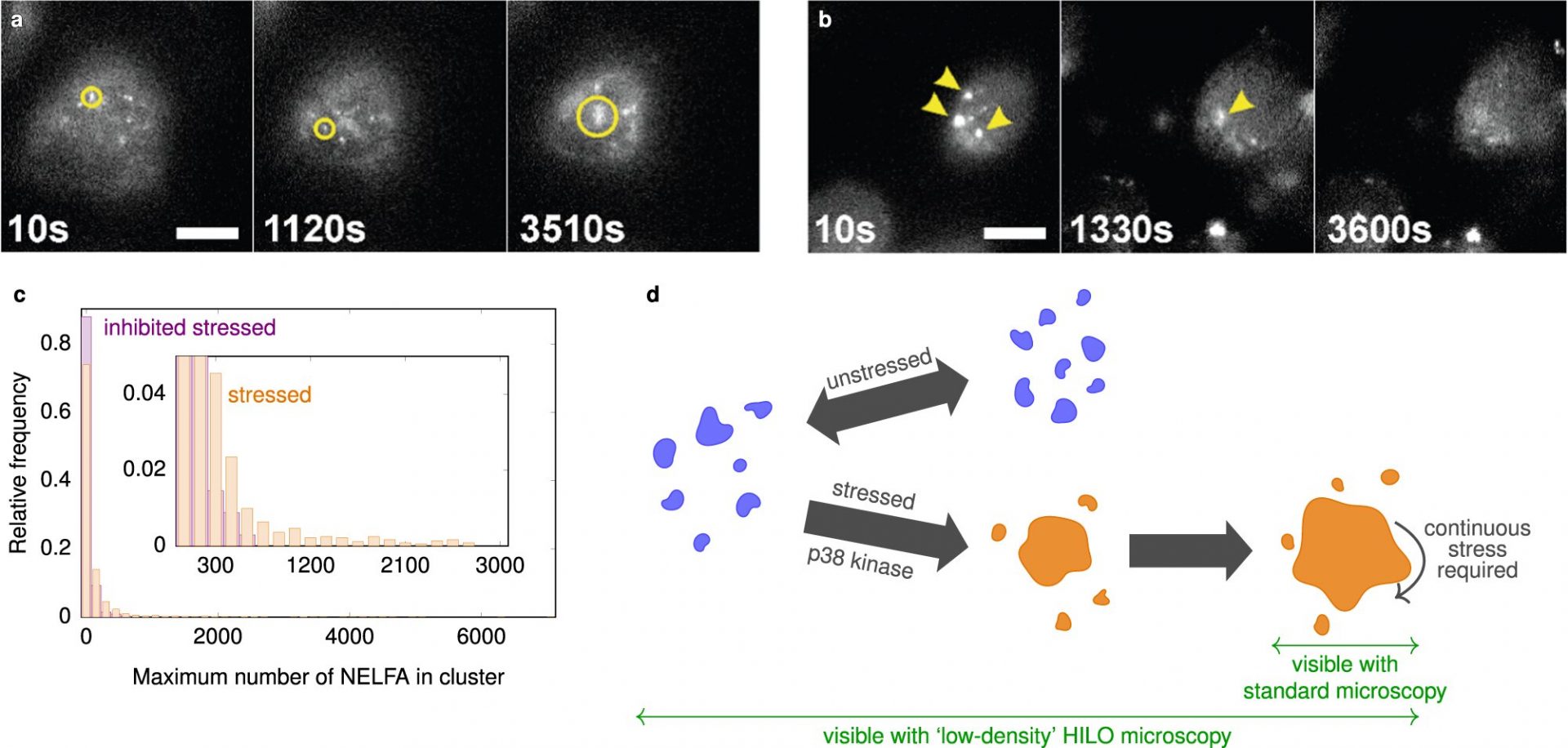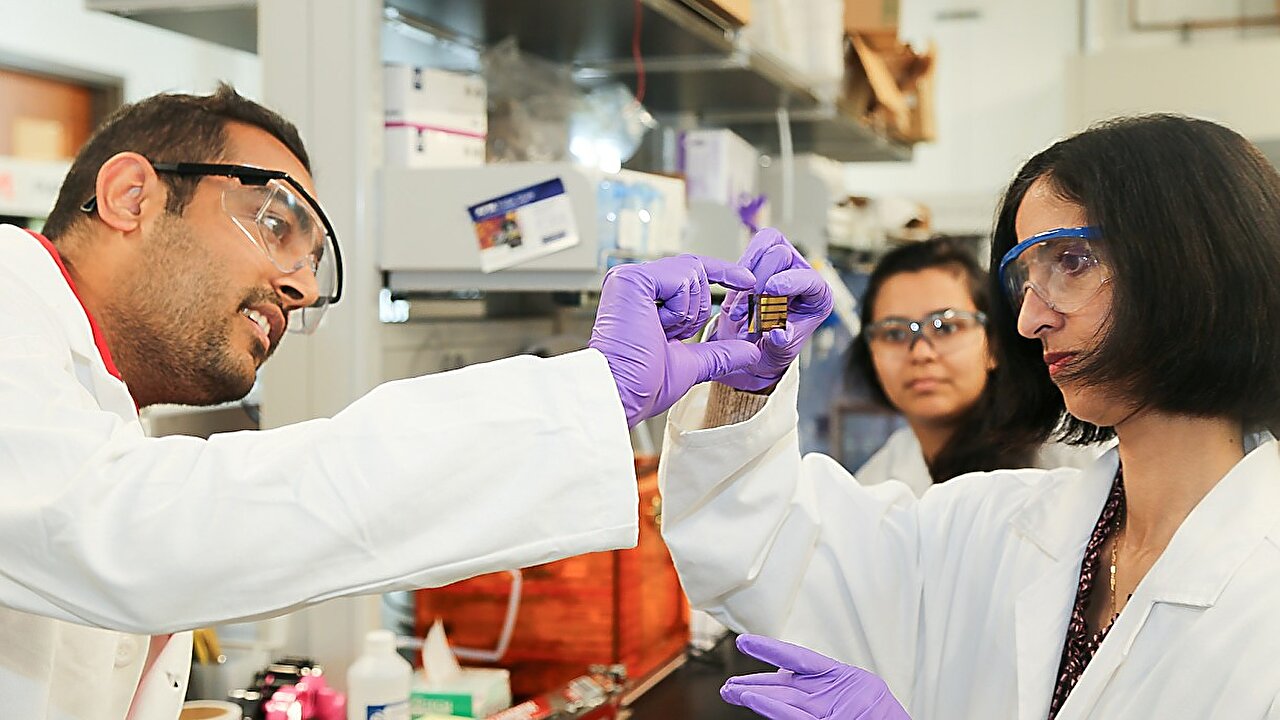Discoveries by a team of researchers have unveiled a fascinating tradition that dates back at least 12,000 years ago. Sewing reflective shell beads onto clothing and other items was a shared affinity across three Indonesian islands.
The team, led by Professor Sue O’Connor from the Australian National University and Associate Professor Michelle Langley from Griffith University, used advanced microscopic analysis to study Nautilus shell beads from Makpan Cave on the Indonesian island of Alor. They discovered that the trend of sewing these beads was shared with at least two other islands.
The striking similarities between the beads found on Alor, Timor, and Kisar suggest a shared tradition of adorning clothing and items with reflective beads. This led the team to conclude that there must have been a cultural exchange across the sea in the region during the Terminal Pleistocene, around 12,000 years ago.
While recent DNA evidence has shown genetic connections between people on different Indonesian islands, the extent of cultural similarities was previously unknown. To address this question, the Griffith and ANU teams analyzed the beads from Makpan and found not only consistent production methods but also similarities to beads found on Timor and Kisar.
“The time and skill required to create the tiny shiny beads in the numbers found archaeologically must have been extensive, suggesting that the beads were an important part of the Makpan community’s repertoire of adornment,” said Associate Professor Langley, lead author of the article published in Antiquity. The article is titled “Sequins from the sea: Nautilus shell bead technology at Makpan, Alor Island, Indonesia.”
During this period, there was also an advancement in fishing technology, with shell fishhooks appearing at associated sites, along with exotic obsidian and artifacts in the assemblages. The similarity between the beads and fishhooks from different islands, combined with the effort required to produce them, suggests a shared tradition and frequent interaction across the sea.
Excavations at Makpan revealed thousands of shells in the food waste, but notably, Nautilus shells used for making beads were almost entirely absent. This indicates that Nautilus shells were specifically collected for crafting, rather than for food.
Professor Sue O’Connor recalls the excitement during the excavation at Makpan Cave in Alor, where an abundance of shell beads was discovered, even in the deepest layers. This suggests that the oldest beads could be from Pleistocene-aged deposits.
This evidence paints a picture of an inter-island “community of practice” with shared values and worldviews, according to Associate Professor Langley. It is likely that the populations of these islands shared a distinctive culture, exchanging style, goods, technology, and genes across the sea.








